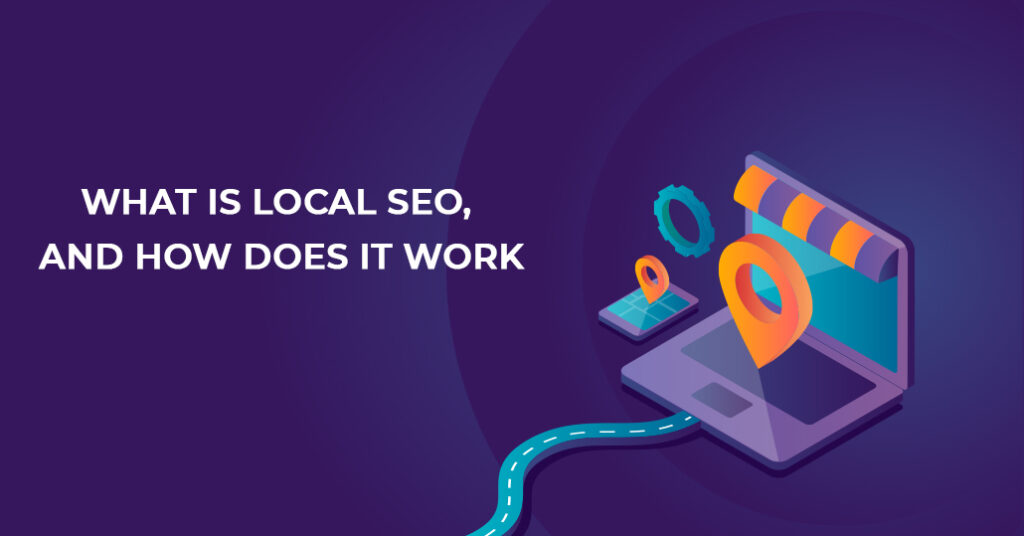Introduction: The Ever-Evolving World of SEO
The world of SEO is ever-changing. Algorithms are constantly evolving, making it essential to stay on top of the latest trends and strategies. In 2024, a successful SEO strategy requires a blend of traditional techniques and new, innovative approaches. Let’s dive into the key strategies you need to implement to stay ahead of the curve.
Understanding the SEO Landscape in 2024
SEO is more important than ever. It’s crucial to understand the landscape to maintain and improve your search rankings. In 2024, expect AI and machine learning to have an even bigger impact on SEO. These technologies help search engines understand content better and deliver more relevant results to users. Voice search is also on the rise, so optimizing for voice queries is becoming increasingly important. Additionally, user experience (UX) and mobile-first indexing are critical factors that can significantly influence your rankings.
Keyword Research: The Foundation of SEO

Effective keyword research remains the foundation of a successful SEO strategy. Identifying the right keywords can make or break your SEO efforts. In 2024, advanced keyword research techniques will be more important than ever. Use tools like Google Keyword Planner, SEMrush, and Ahrefs to find the best keywords for your content. Explore long-tail keywords and LSI (Latent Semantic Indexing) keywords to capture a broader audience and improve your chances of ranking higher. Analyzing competitor keywords can also provide valuable insights and help you identify opportunities for your own content.
On-Page SEO Strategies for 2024
On-page SEO is crucial for improving your website’s visibility and ranking. Optimizing title tags and meta descriptions is a great place to start. Craft compelling title tags and meta descriptions that are keyword-rich and enticing to users. High-quality, relevant content is still king. Focus on creating valuable, informative, and engaging content that addresses user intent. Use header tags (H1, H2, H3) effectively to structure your content and include primary and secondary keywords.
Image optimization is another important aspect of on-page SEO. Use relevant alt text and file names for your images, and compress them to improve page load speed. Enhancing user experience (UX) is critical for SEO. Ensure your site is easy to navigate, mobile-friendly, and fast-loading to keep users engaged and reduce bounce rates.
Technical SEO: The Backbone of Your Site
Technical SEO is the backbone of your site, ensuring search engines can crawl and index your content efficiently. Website speed optimization is essential. Use tools like Google PageSpeed Insights to improve your site’s loading speed by compressing images, leveraging browser caching, and minimizing CSS and JavaScript files. Mobile-first indexing means that Google primarily uses the mobile version of your site for indexing and ranking, so make sure your site is mobile-friendly with a responsive design.
Switching to HTTPS is crucial for securing your site. Search engines prefer secure sites, and it boosts user trust. Implement structured data and schema markup to help search engines understand your content better and enhance your search visibility.
Off-Page SEO Strategies for 2024
Off-page SEO strategies focus on improving your site’s authority and reputation. Building high-quality backlinks from reputable sites is essential. Focus on acquiring backlinks that are relevant and authoritative. Social media signals also play a role in SEO. Engage with your audience on social media platforms to boost your visibility and drive traffic to your site. Brand mentions across the web can help build your authority and improve your SEO.
Local SEO: Reaching Nearby Customers

Local SEO is crucial for businesses targeting local customers. Optimizing your Google My Business listing is a great start. Ensure your information is accurate and up-to-date, and encourage satisfied customers to leave positive reviews. Get listed in local directories to improve your local search visibility.
Content Marketing and SEO
Content marketing and SEO go hand in hand. Creating evergreen content that remains relevant over time ensures a steady flow of traffic. Regularly publishing blog posts and articles keeps your site fresh and engages your audience. Incorporate video content into your strategy to boost engagement and improve search rankings.
Measuring and Analyzing SEO Performance
Measuring and analyzing your SEO performance is essential for continuous improvement. Use tools like Google Analytics and Search Console to track key metrics such as organic traffic, bounce rate, and conversions. Use this data to refine your SEO strategies and optimize your content based on performance metrics.
Conclusion: Staying Ahead in the SEO Game
SEO is a dynamic field that requires constant adaptation and innovation. Staying updated with the latest trends and strategies is crucial for maintaining and improving your search rankings. Implement these SEO strategies for 2024 to stay ahead of the curve and ensure online success.
